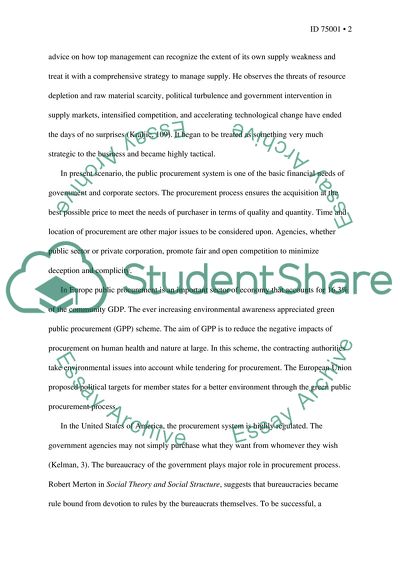Cite this document
(The Introduction of Public Bodies and Intergovernmental Organizations Case Study - 1, n.d.)
The Introduction of Public Bodies and Intergovernmental Organizations Case Study - 1. https://studentshare.org/human-resources/1749144-key-performance-indicators-in-public-procurement-agencies
The Introduction of Public Bodies and Intergovernmental Organizations Case Study - 1. https://studentshare.org/human-resources/1749144-key-performance-indicators-in-public-procurement-agencies
(The Introduction of Public Bodies and Intergovernmental Organizations Case Study - 1)
The Introduction of Public Bodies and Intergovernmental Organizations Case Study - 1. https://studentshare.org/human-resources/1749144-key-performance-indicators-in-public-procurement-agencies.
The Introduction of Public Bodies and Intergovernmental Organizations Case Study - 1. https://studentshare.org/human-resources/1749144-key-performance-indicators-in-public-procurement-agencies.
“The Introduction of Public Bodies and Intergovernmental Organizations Case Study - 1”. https://studentshare.org/human-resources/1749144-key-performance-indicators-in-public-procurement-agencies.


